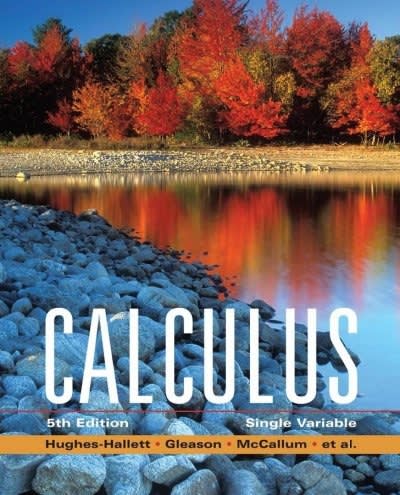Answered step by step
Verified Expert Solution
Question
1 Approved Answer
Use the chain rule to evaluate the derivative. 1. Find f'(x) if f(x) = (2x - 7)6. 2. Find [(4x3 - 7x) 4 ]. 3.
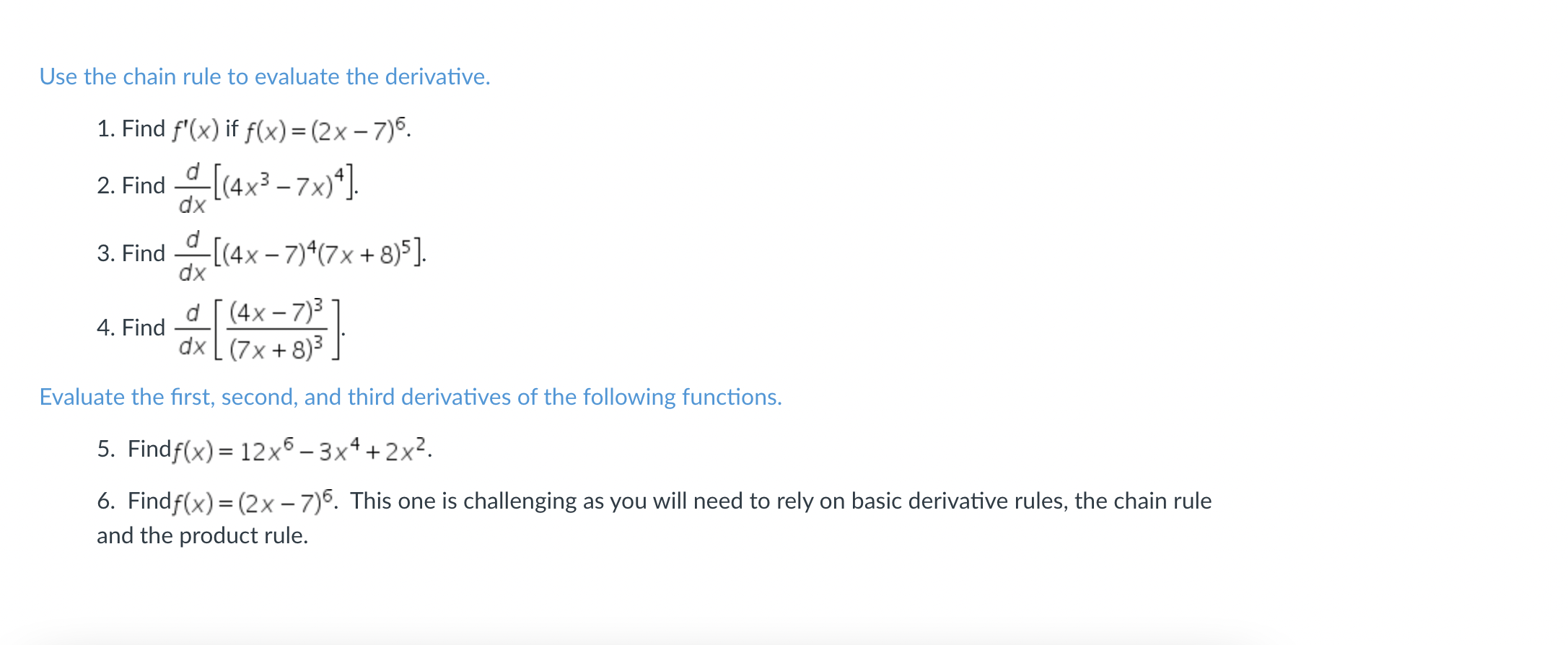
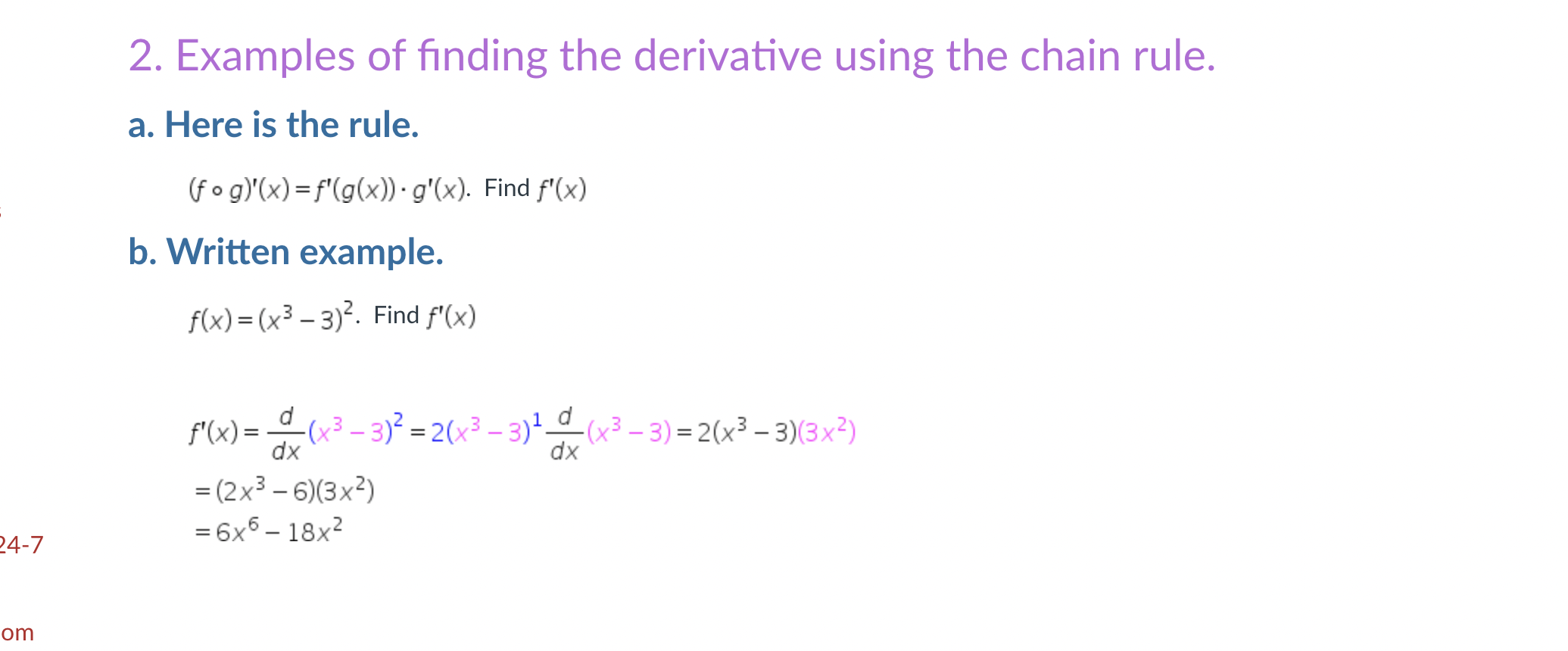
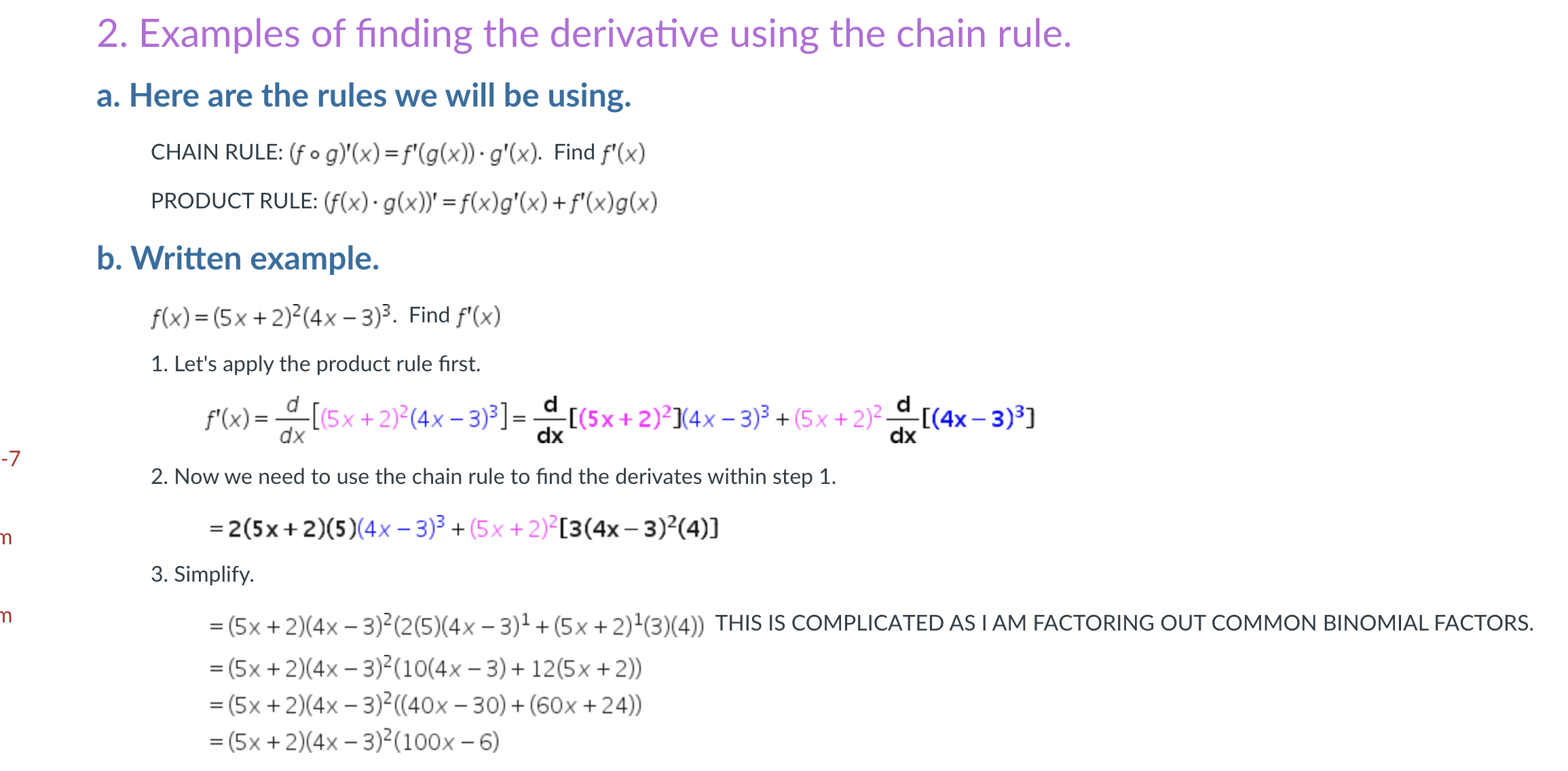
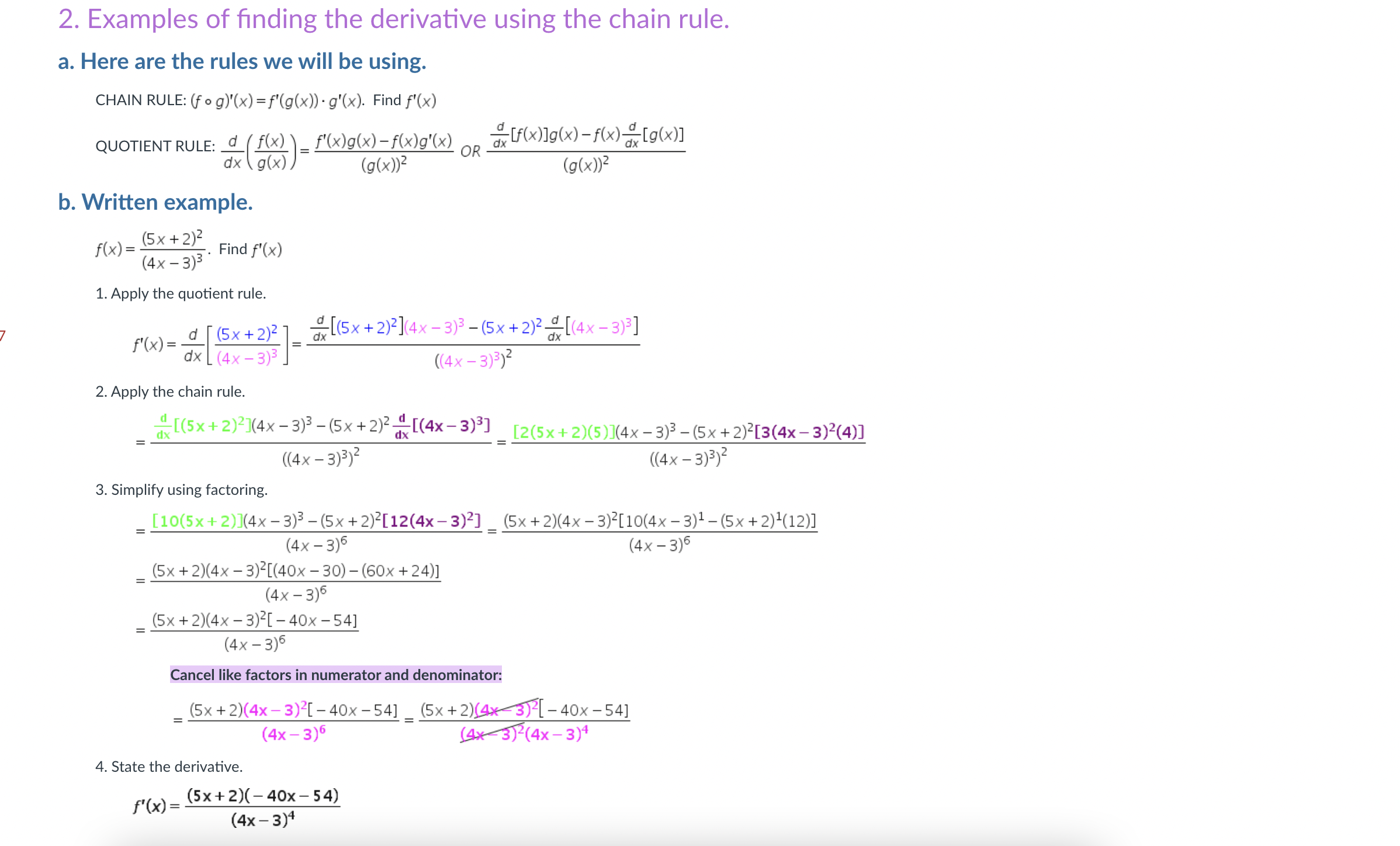
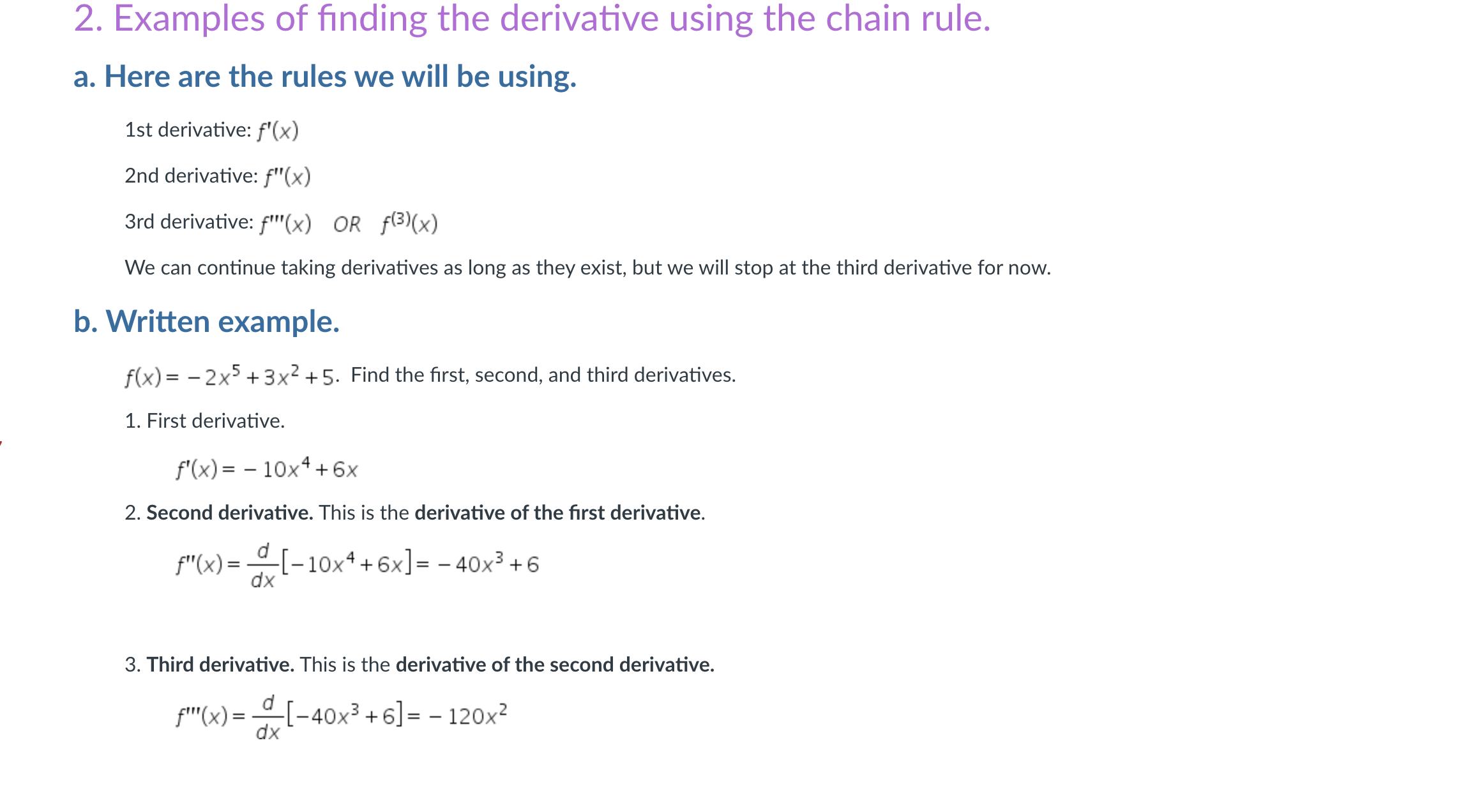
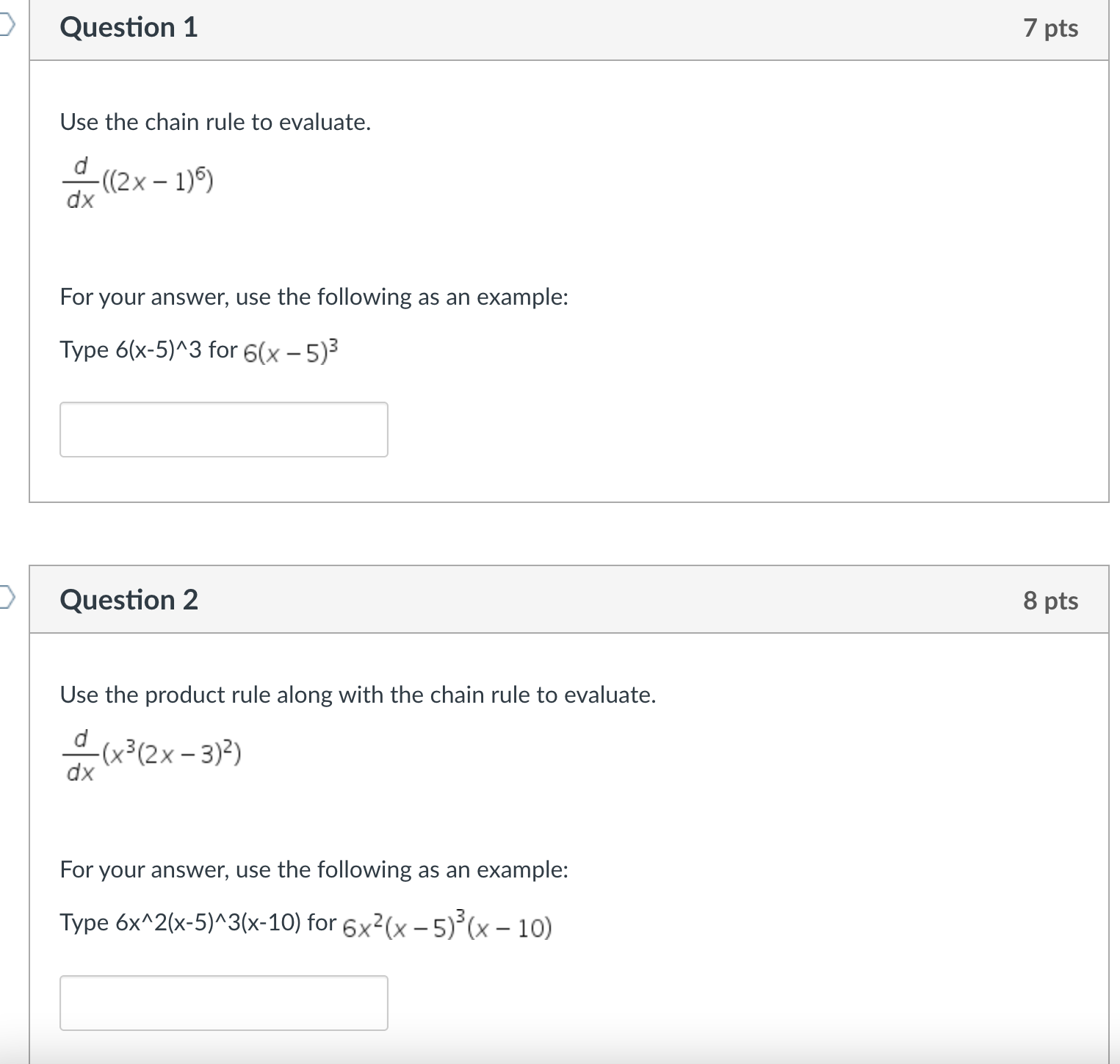

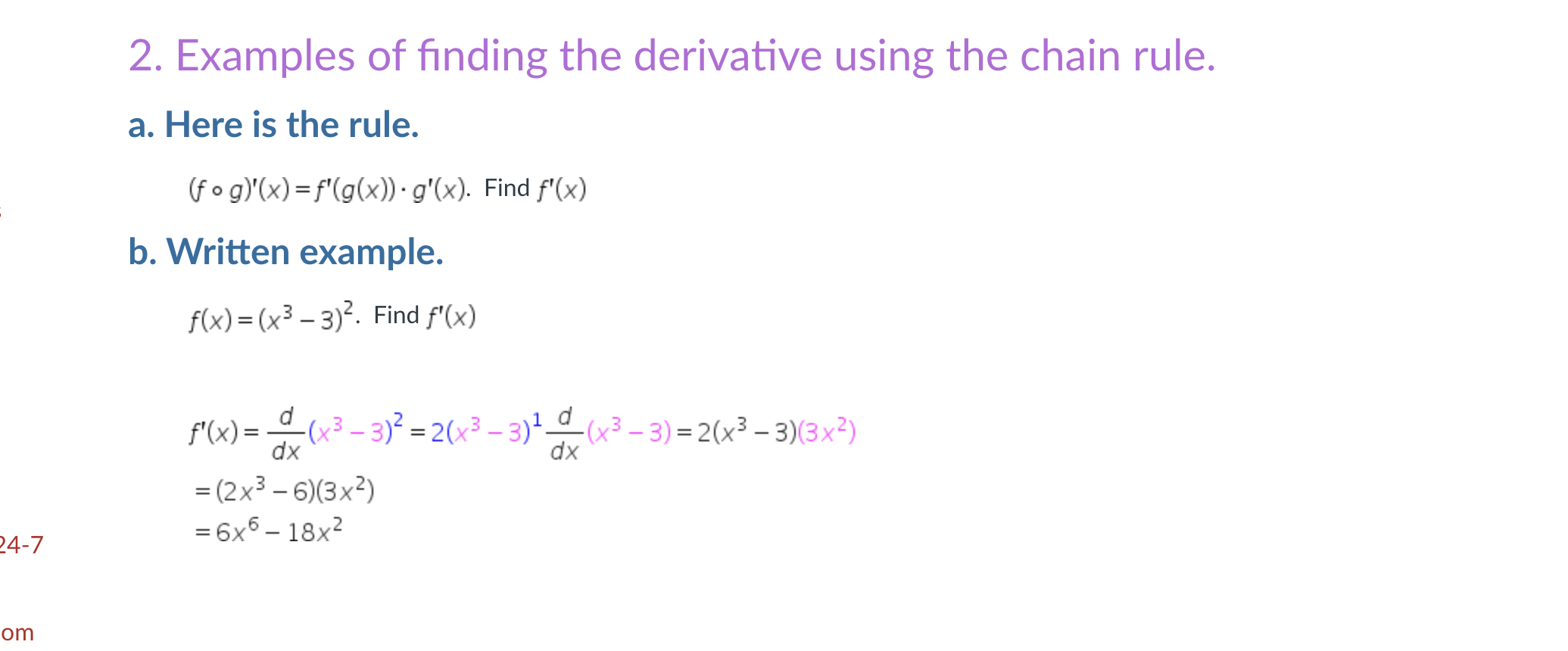
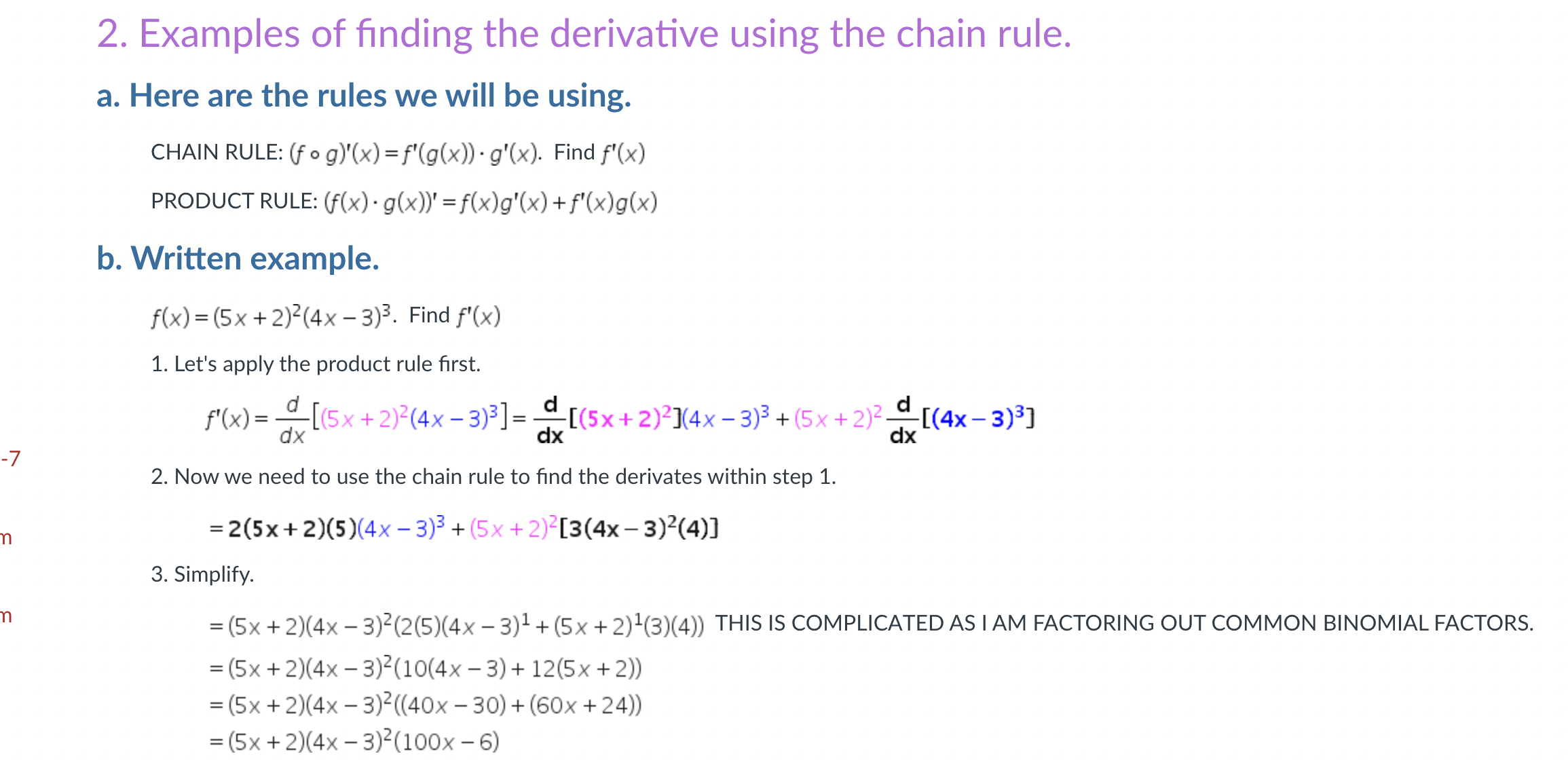
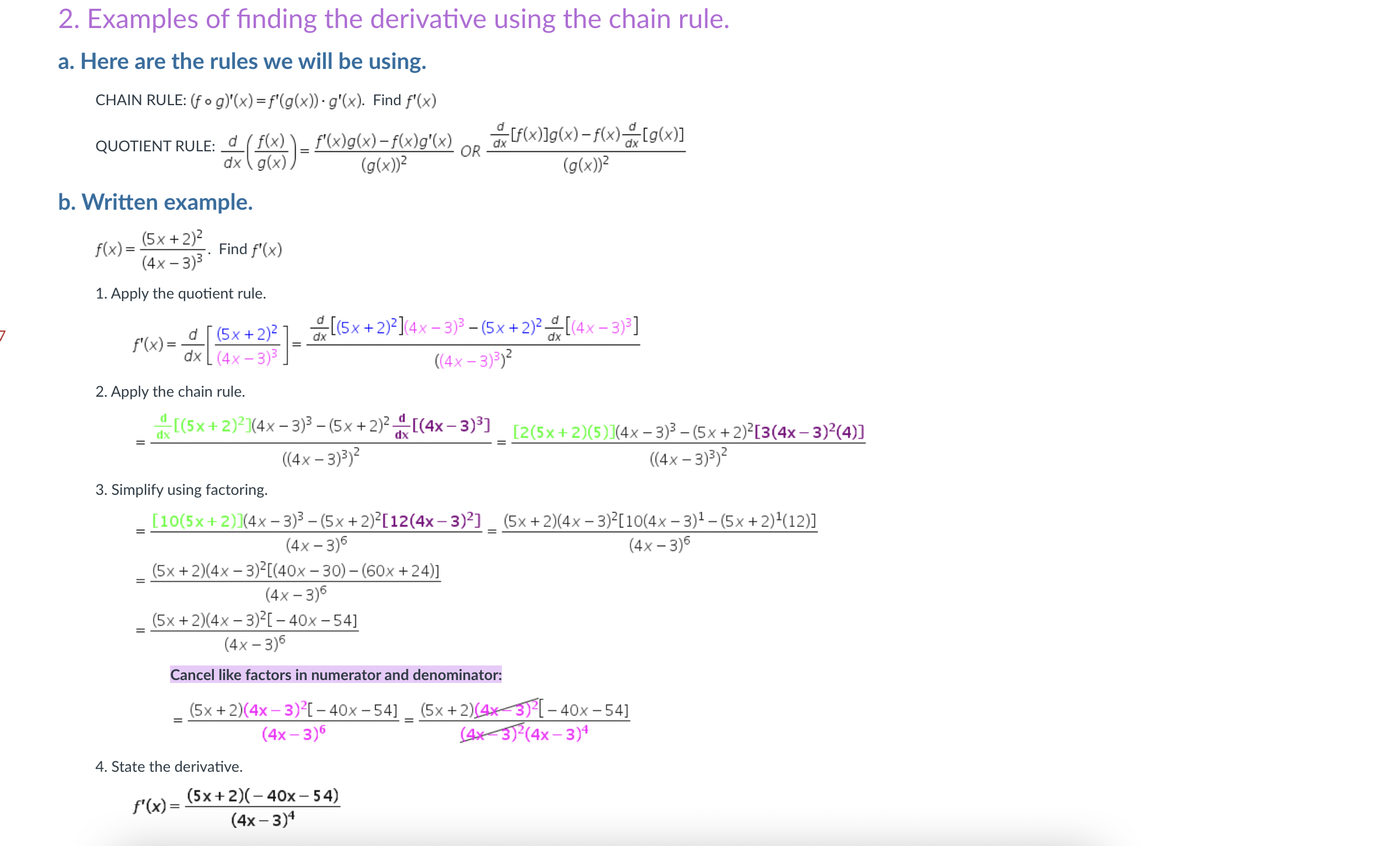
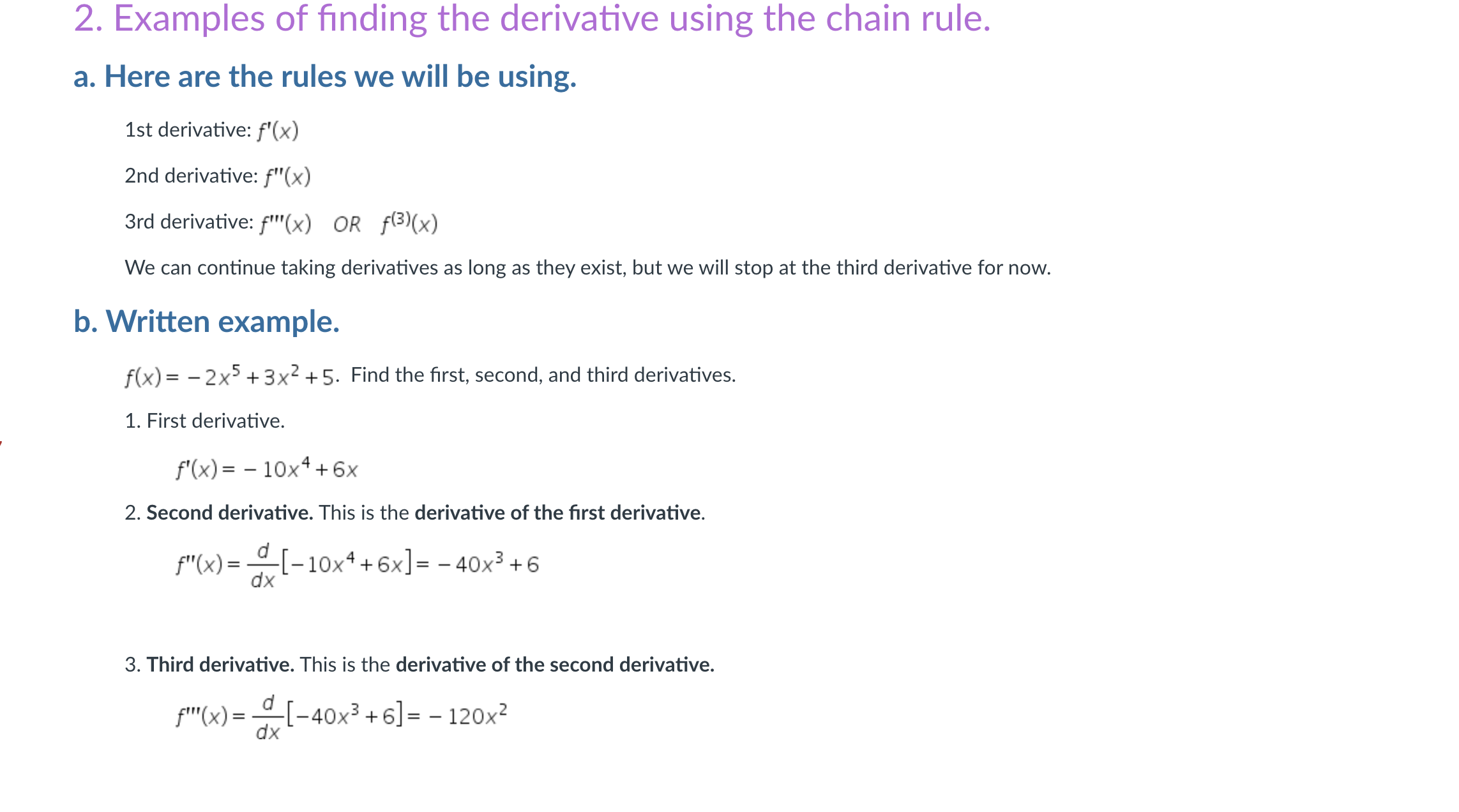
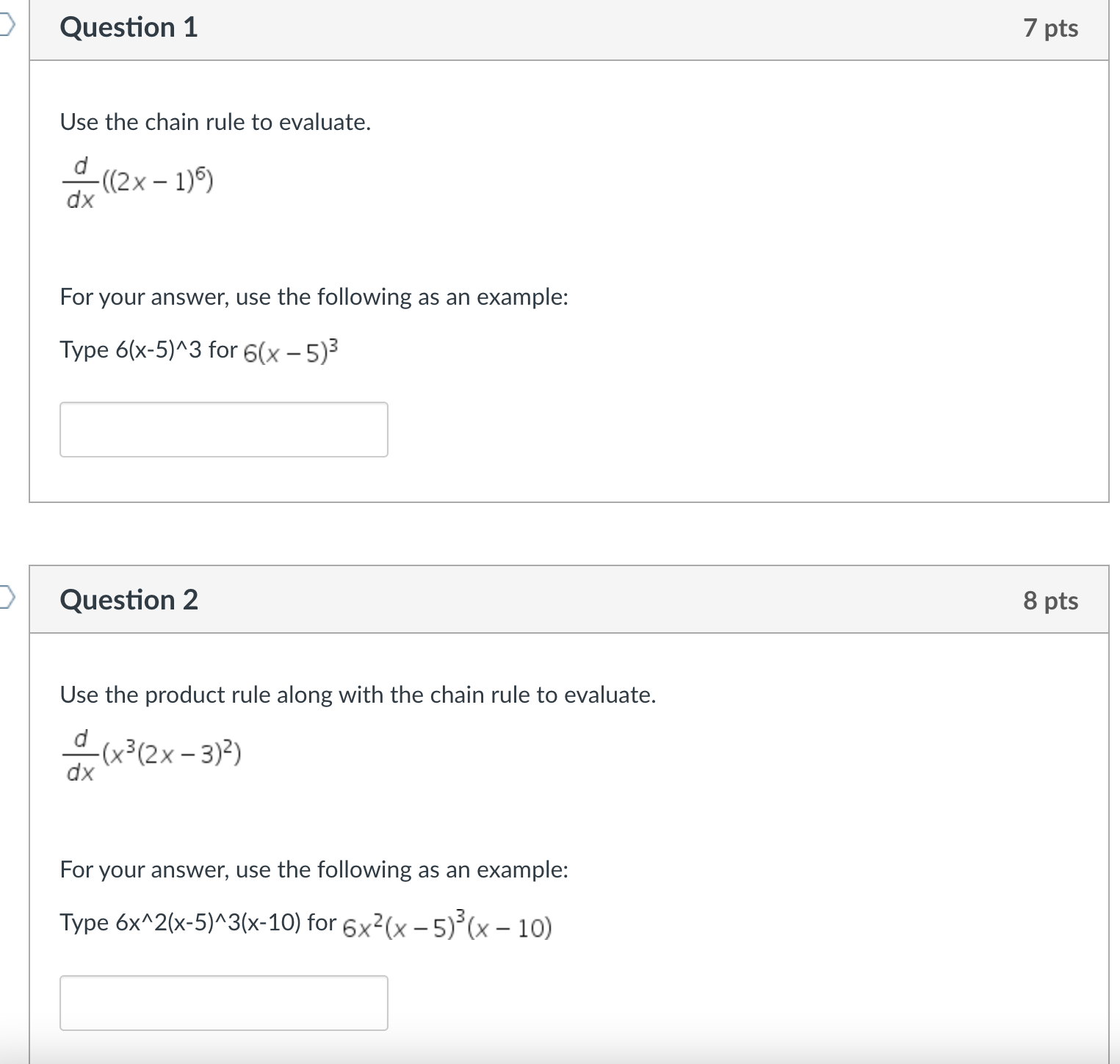
Step by Step Solution
There are 3 Steps involved in it
Step: 1

Get Instant Access to Expert-Tailored Solutions
See step-by-step solutions with expert insights and AI powered tools for academic success
Step: 2

Step: 3

Ace Your Homework with AI
Get the answers you need in no time with our AI-driven, step-by-step assistance
Get Started


